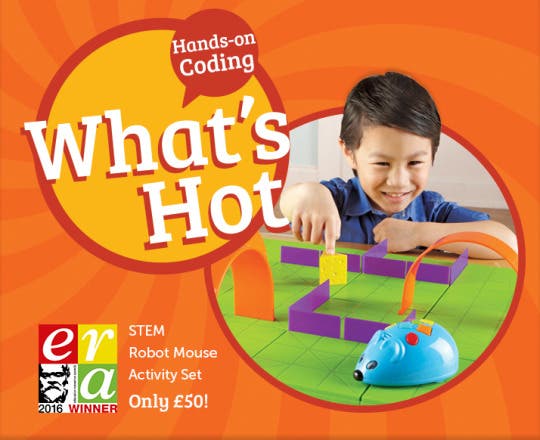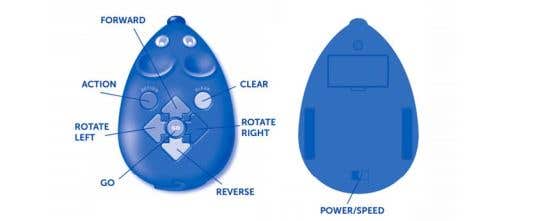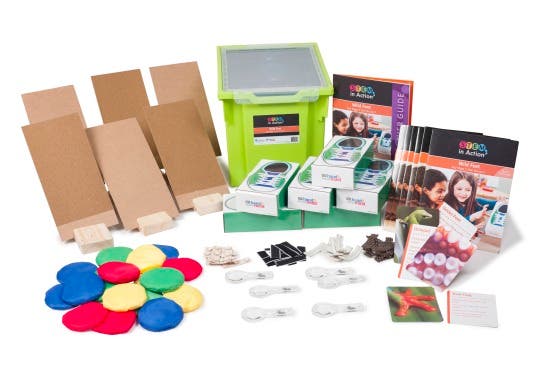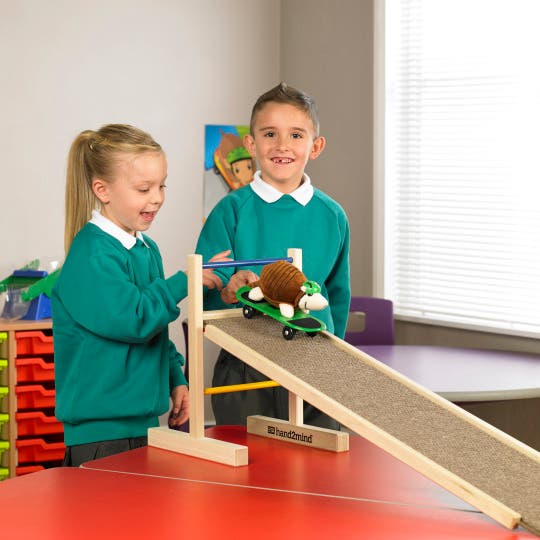
What is STEM?
- Learning Resources Posted On Mar 18, 2021 | Seasonal Fun
Emma Vanstone is a busy mum to four children and is passionate about science education. Her website Science Sparks, is packed with hundreds of fun science experiments and activities that make science for kids easy, fun, and accessible to families and teachers.
Emma is also the author of several books that are packed with experiments and activities to encourage a love of science in your child. In this guest blog post, Emma looks at what is STEM learning and STEM at home.
Check out other STEM related content:
- STEM Rainbow Bubble Snake Experiment
- Free Printable! Learn About Science with 8 At Home Experiments
- 5 Ways Kids Benefit from Learning to Code
What is STEM?
STEM is an acronym for Science, Technology, Engineering and Maths. These four areas of learning are deeply intertwined and form part of every aspect of our lives. You might also have heard STEAM mentioned where the A stands for Art.
At Science Sparks, we embrace every aspect of STEM and STEAM. Combining STEM with art based learning methods adds to the creative aspect which is so important when trying to engage young children at home or school.
Why is STEM important?
Exposure to STEM subjects helps children to develop critical thinking, reasoning, and investigative skills, whilst encouraging innovation and creativity. By stimulating a child’s innate curiosity about the world and allowing them to explore and ask questions from an early age, we can help develop a long lasting passion for science and discovery.
STEM at Home
Engaging children in STEM based activities at home is a great way to nurture curious little minds. It's the perfect environment for exposure to open ended tasks to develop problem solving skills. STEM activities don’t need to be complicated or use special equipment. There are many simple STEM learning activities that require almost no preparation.
For young children, experiment with sinking and floating objects or drawing on mirrors. Why not build a bridge, roll cars on different surfaces, or spend time in the kitchen experimenting with baking? Let children explore and, questions and find solutions. Try setting up free play activities such as rolling marbles down a homemade ramp. Add a tape measure to encourage the recording of data and more targeted exploration!
It's never too early for a child to start their STEM education. My advice would be to start simple and let your child lead the activity. l usually find that answering one question leads to another and we then think about practical ways to investigate together. Don’t worry if you don’t know the answer to every question as no one person knows everything. Just taking the time to find out together is all that matters.
The garden is also a great, easy environment for exploration. Try hunting for bugs, talking about the different features of each and why they are useful. Even grow sunflowers or beans, count leaves, look for patterns and shapes and dig in soil.
STEM learning in school
School is a great environment for cross-contextual learning. For example, children could dissect a flower and count the petals, fill beakers and jugs to practice number recognition or look for natural shapes outdoors. Recording experimental data is number writing practice without focusing on the writing aspect. An engaging science experiment can be a fantastic way to stimulate a piece of writing too.
Science doesn’t have to sit on its own separately from everything else. It can be used to inspire Maths and Literacy activities, making the learning relevant to real life situations which helps keep a high level of engagement.
School is also perfect for working together to solve problems, sharing, and testing ideas, presenting the results as a team and children learning from each other.
Want to get your little ones involved in some STEM learning activities? Check out these 5 STEM activities to try at home! You can also visit our free activity sheets page to discover free STEM worksheets, helping your child experiment and explore.
A note from me: As a parent who does a lot of science activities at home, I’ve found them a wonderful way to spend quality time with my children. It’s not unusual for them to come up with a better solution to a problem than me. If you haven’t tried science at home, do it, you might be surprised how much fun it can be.


















